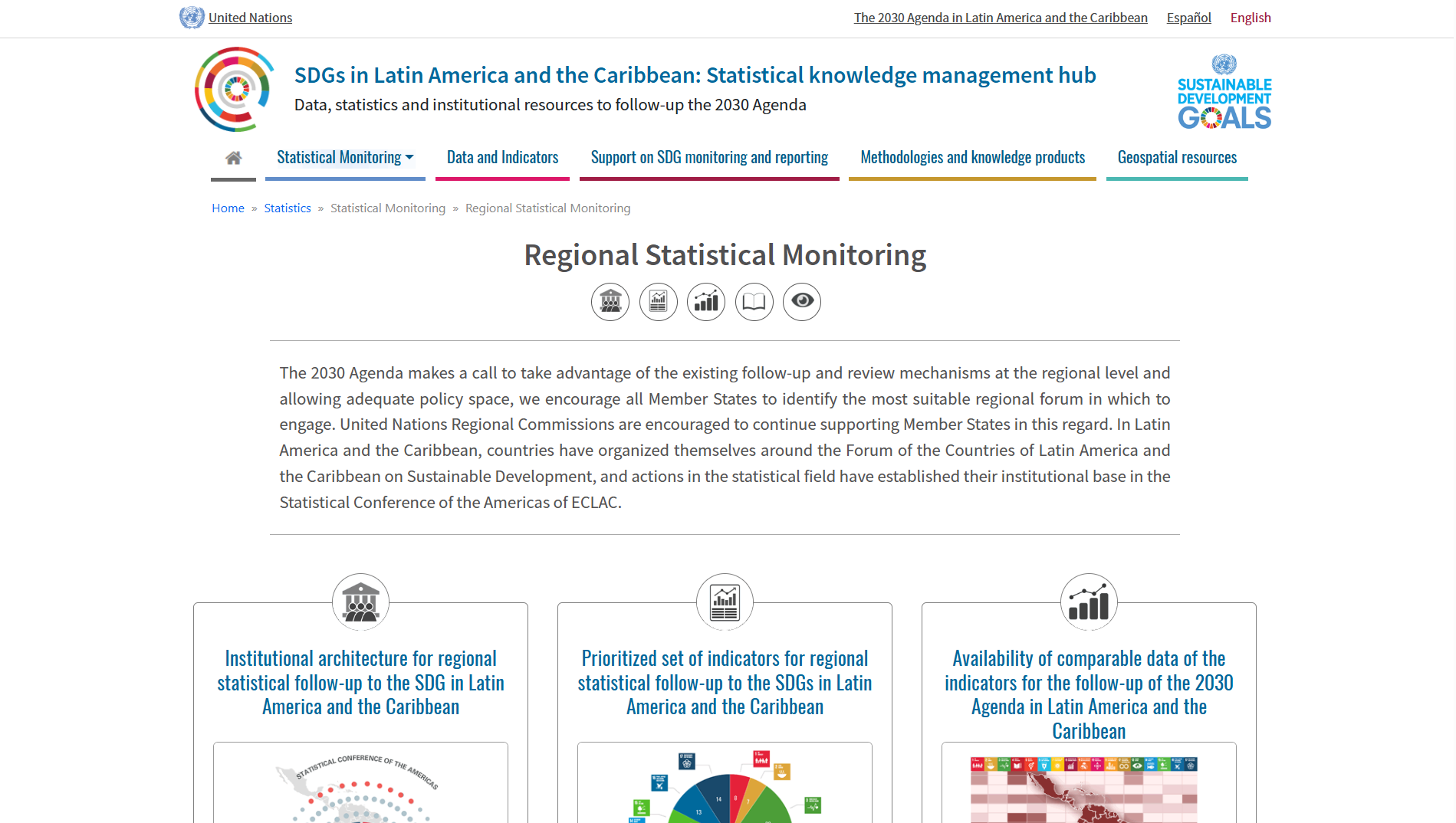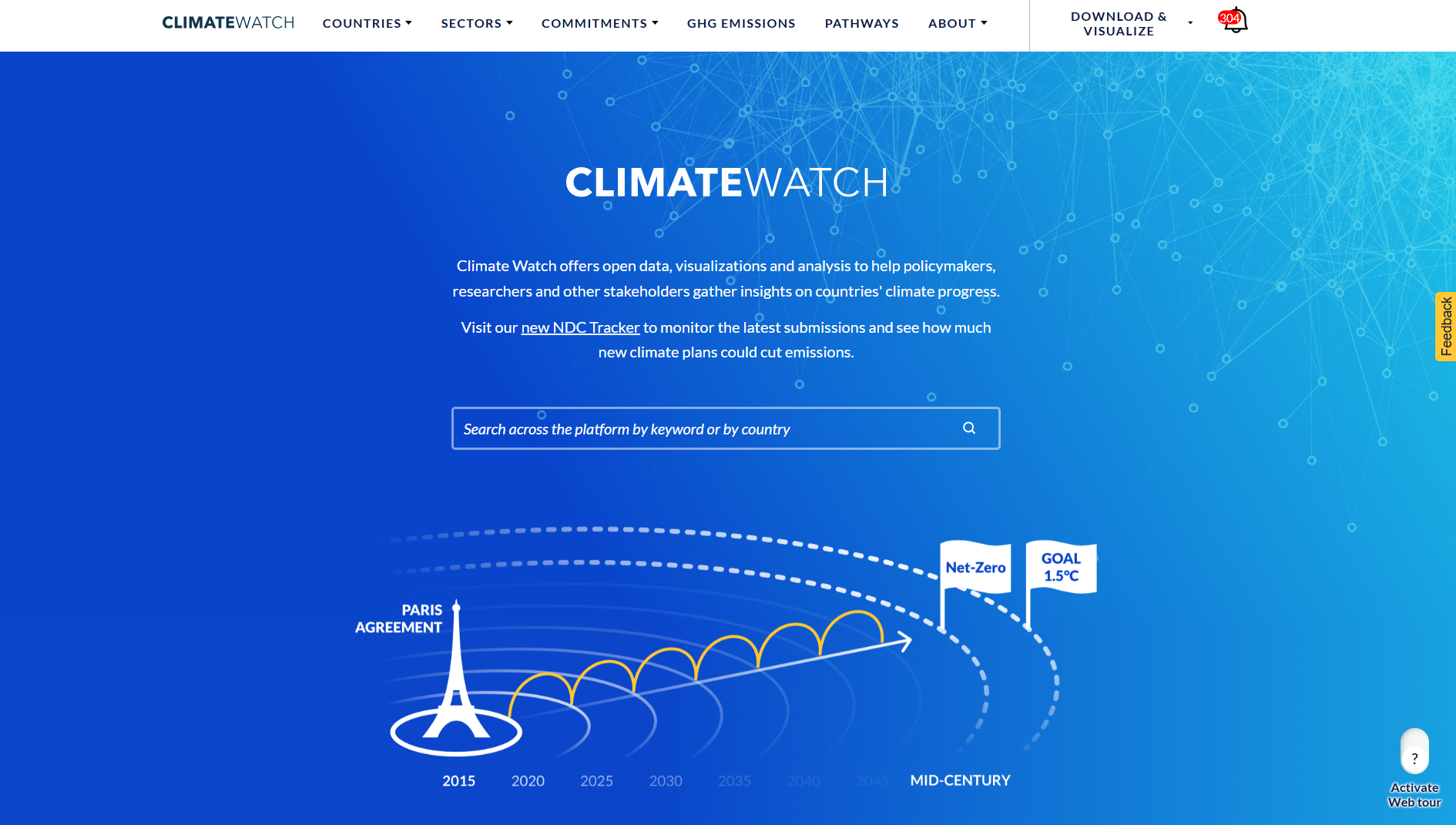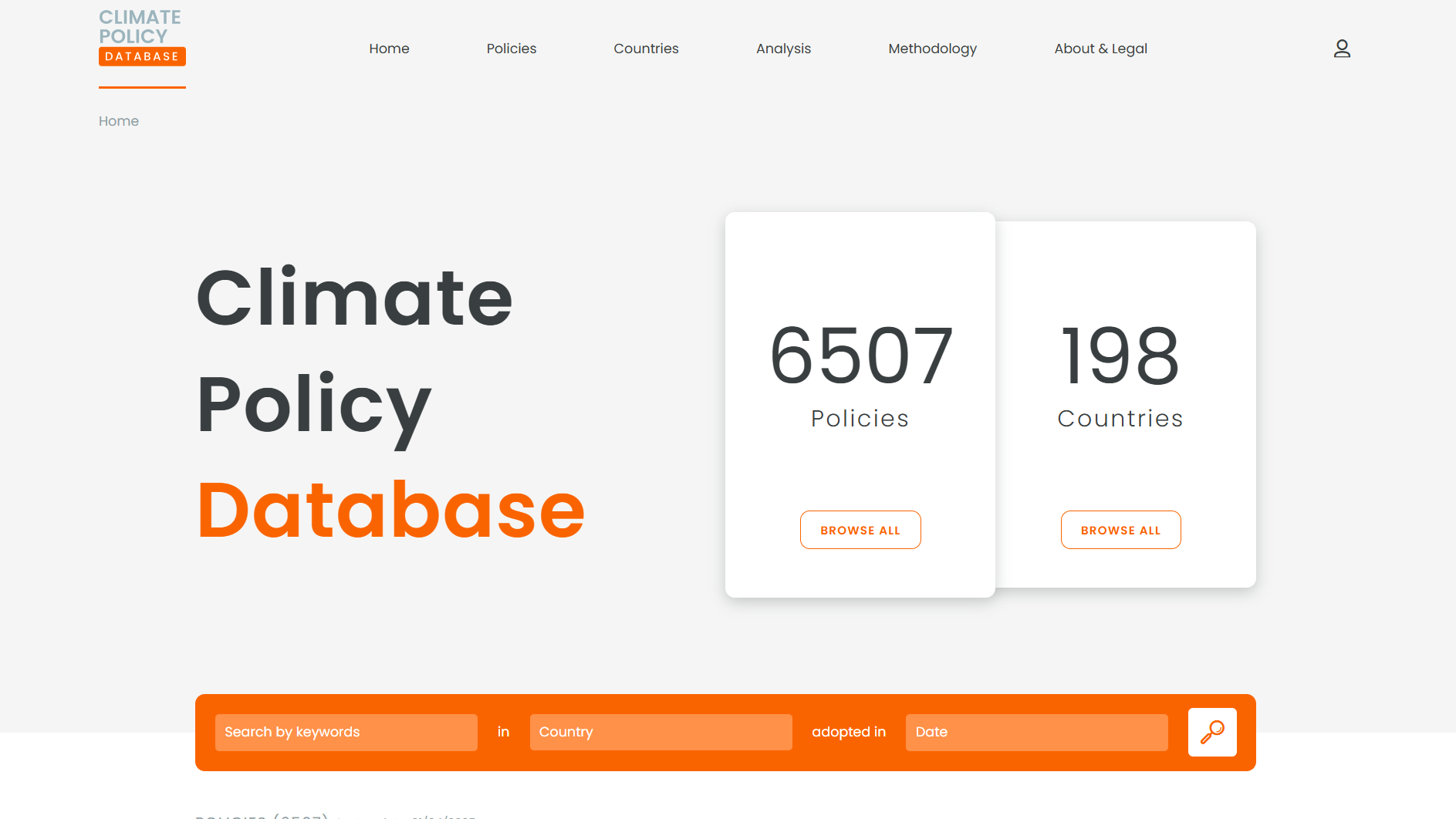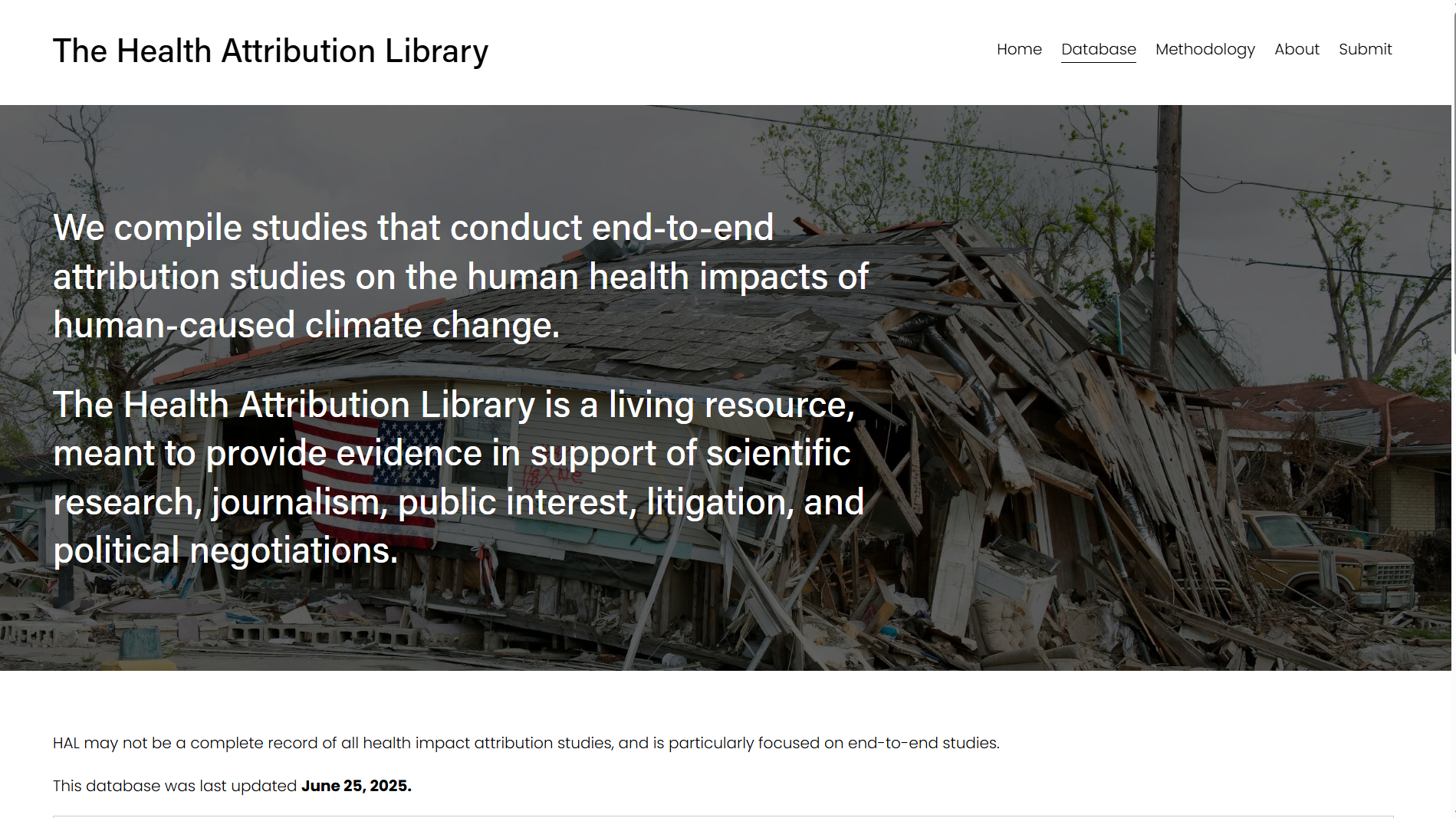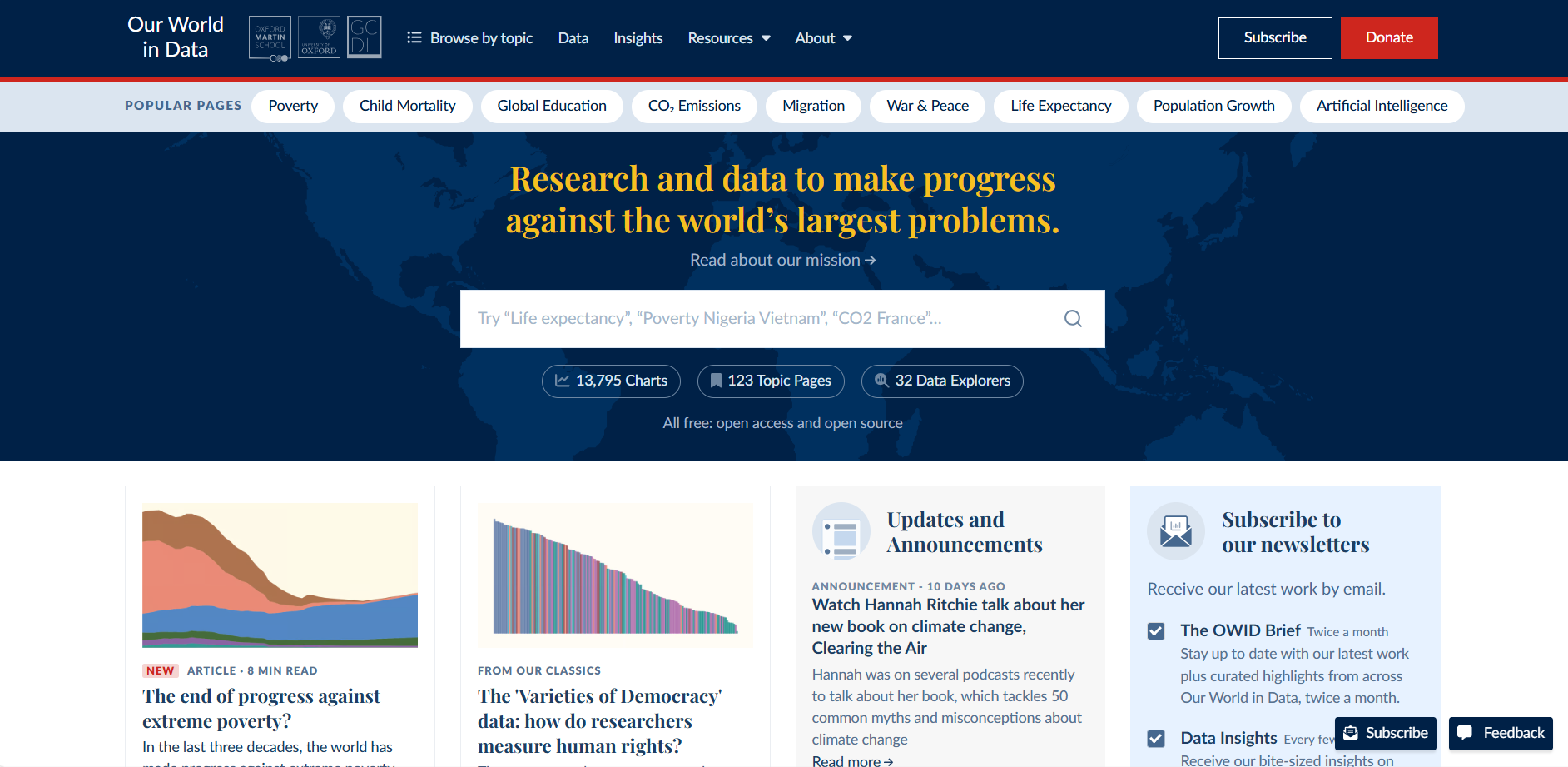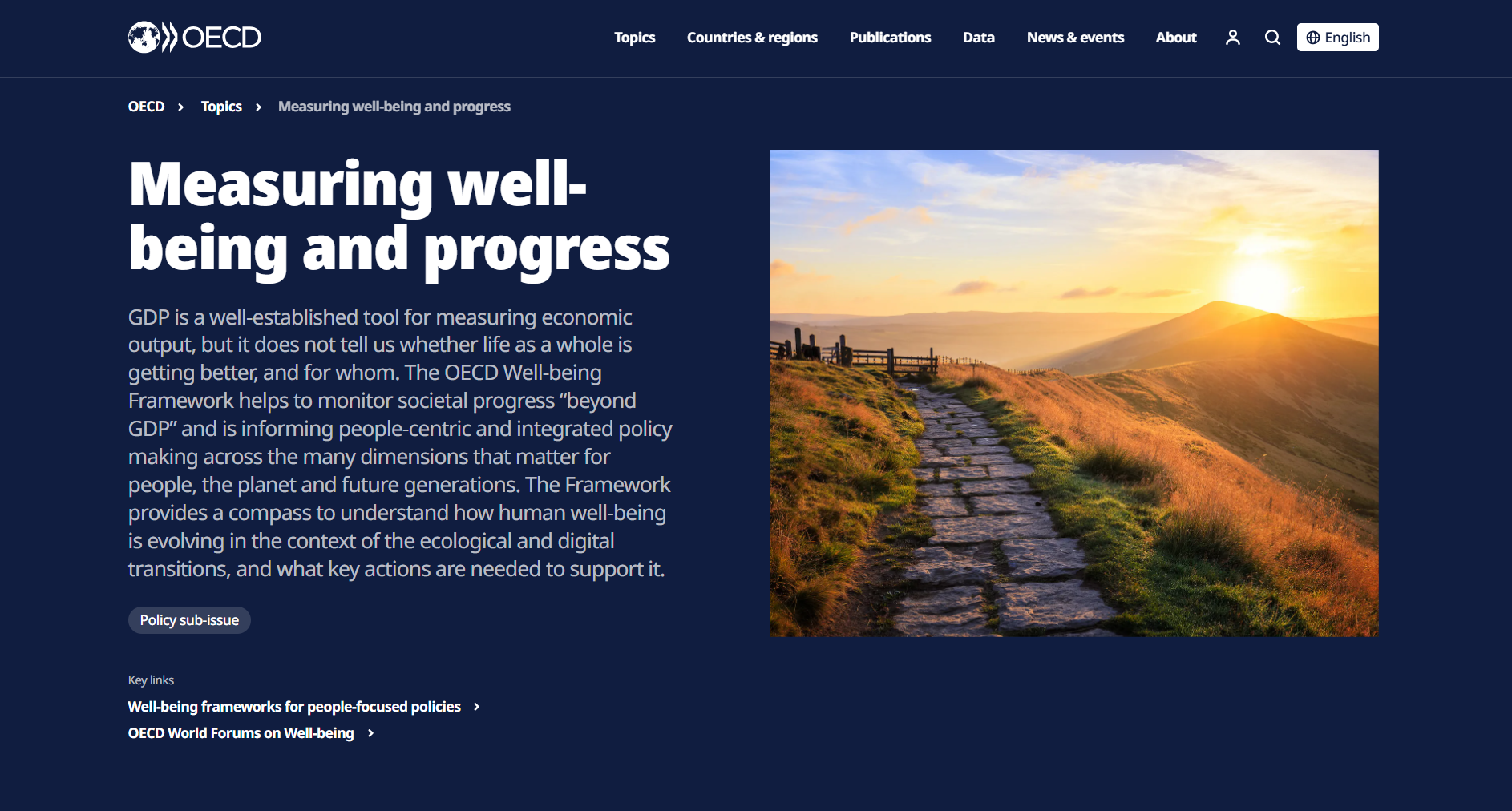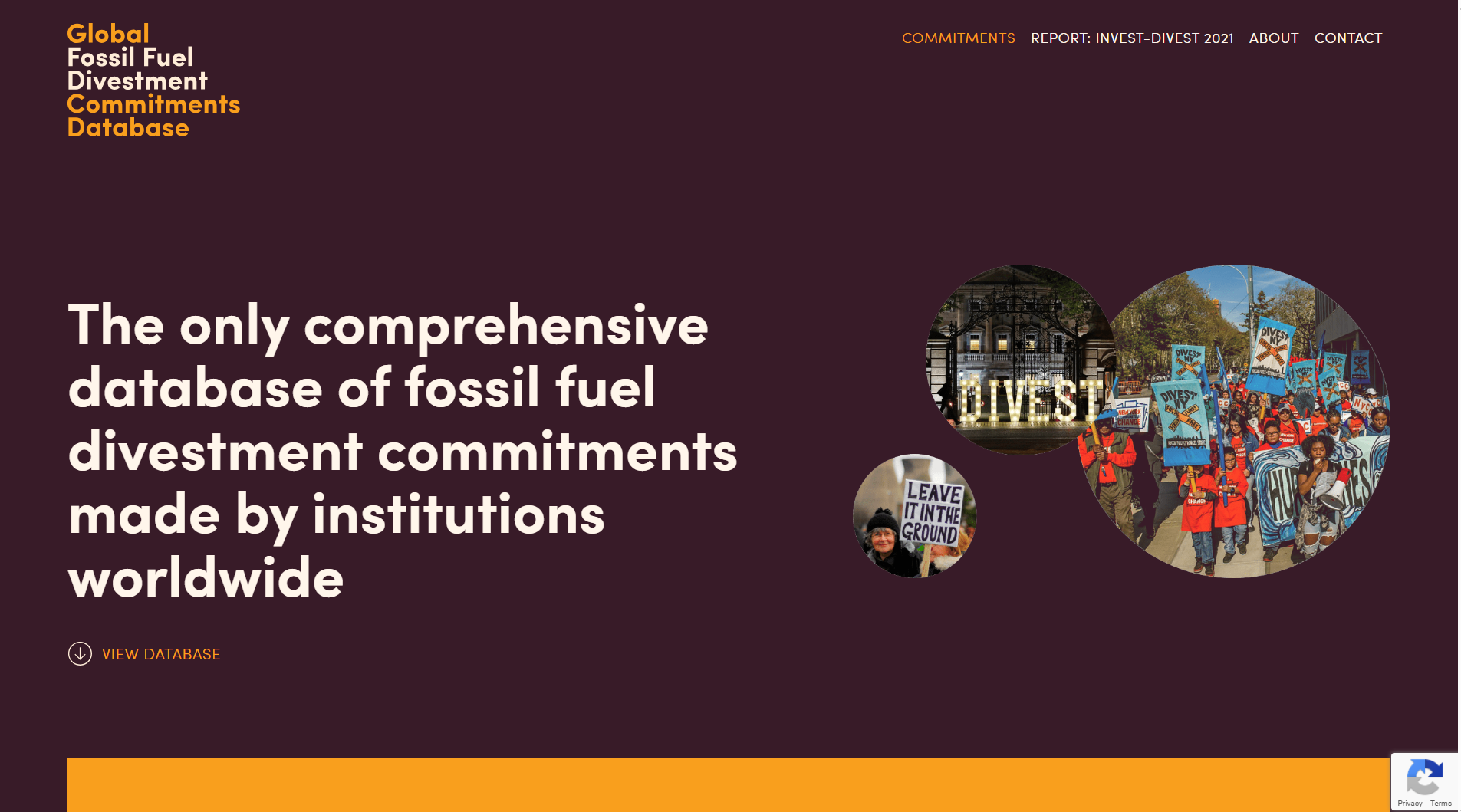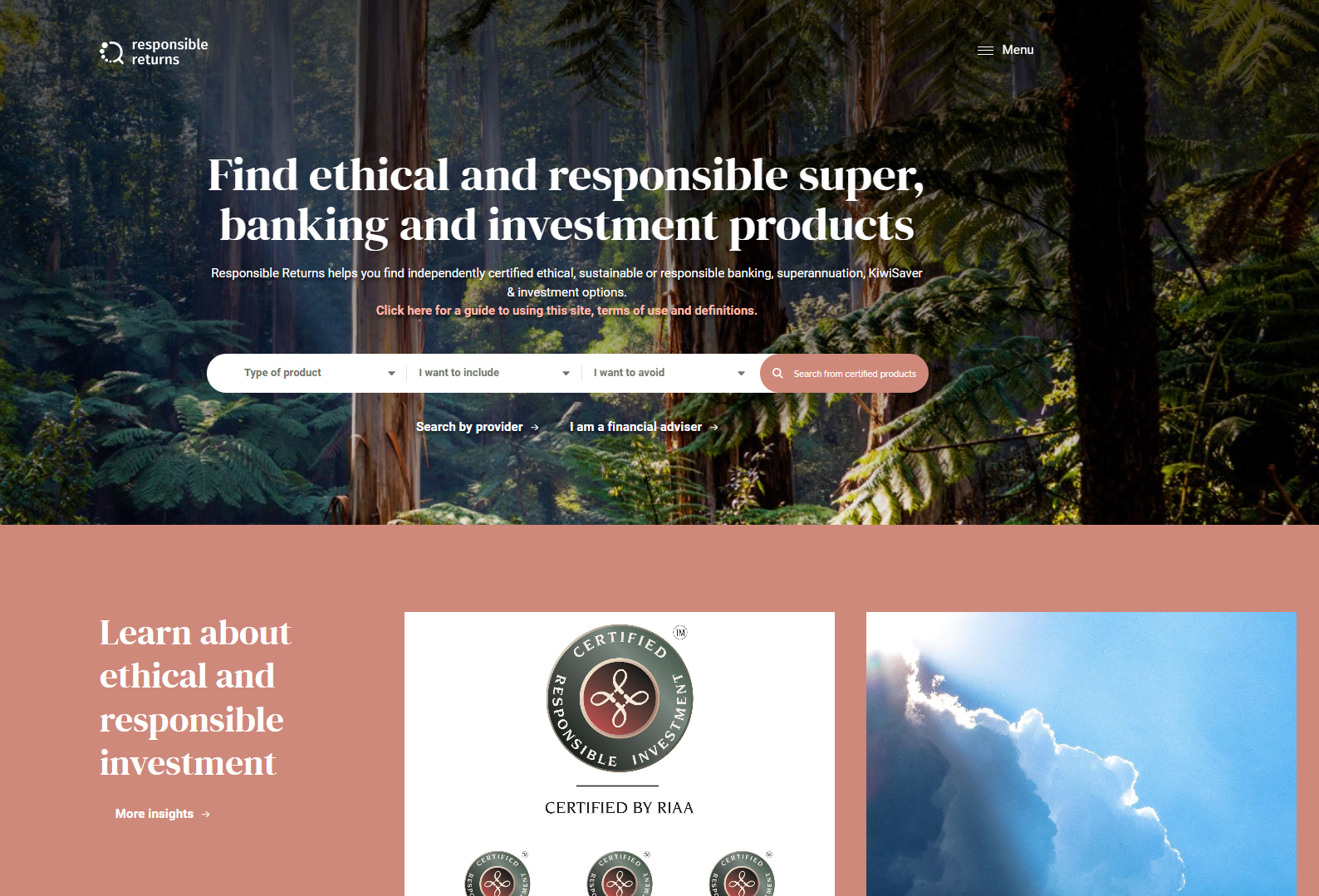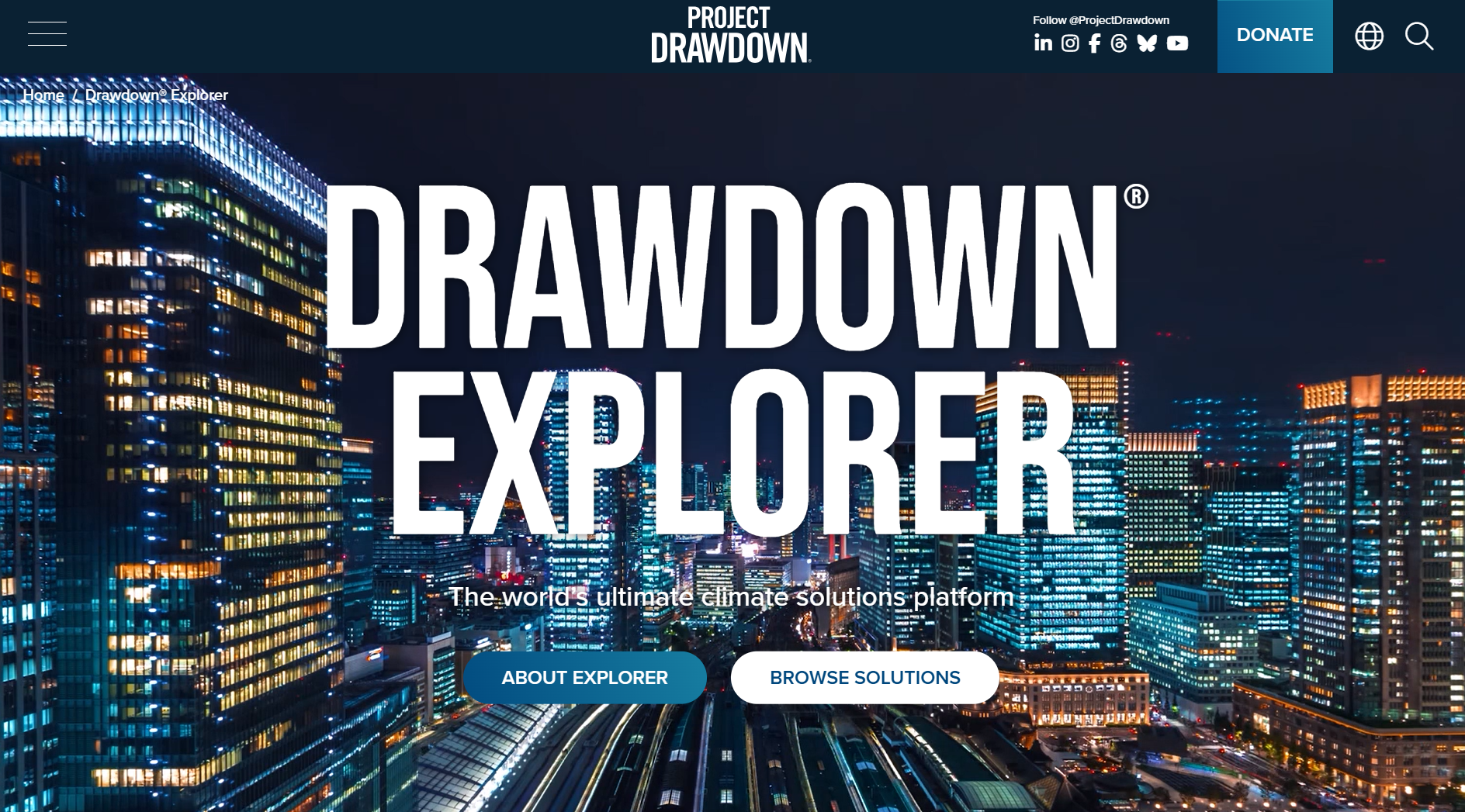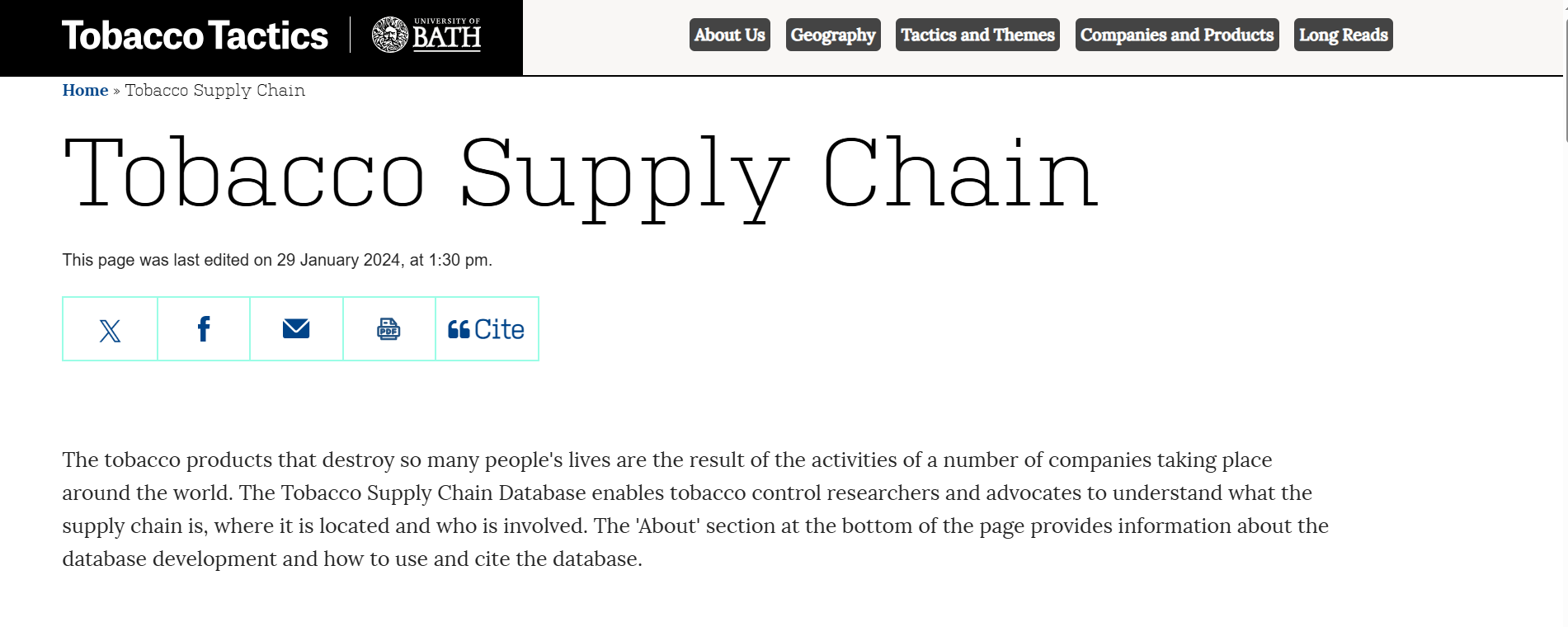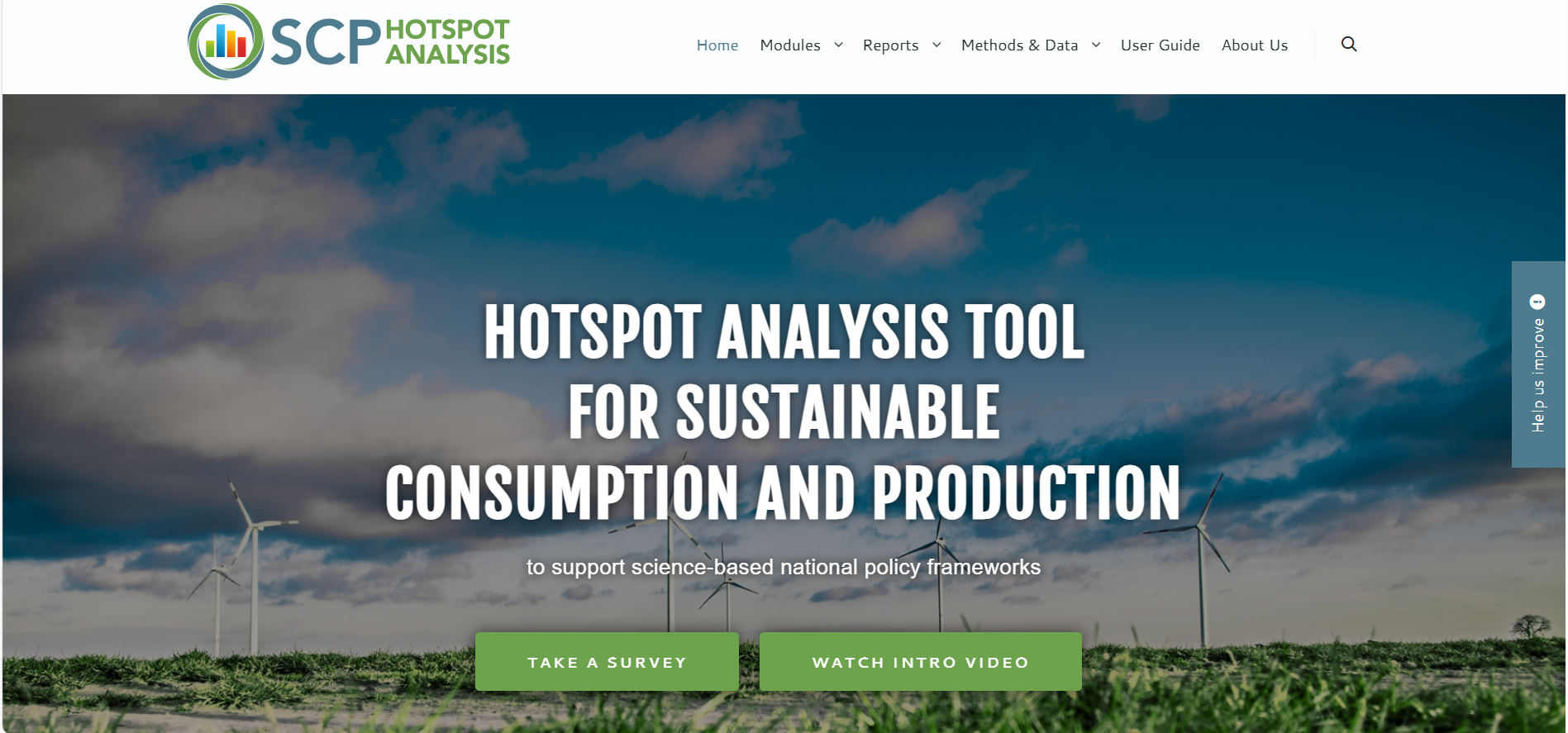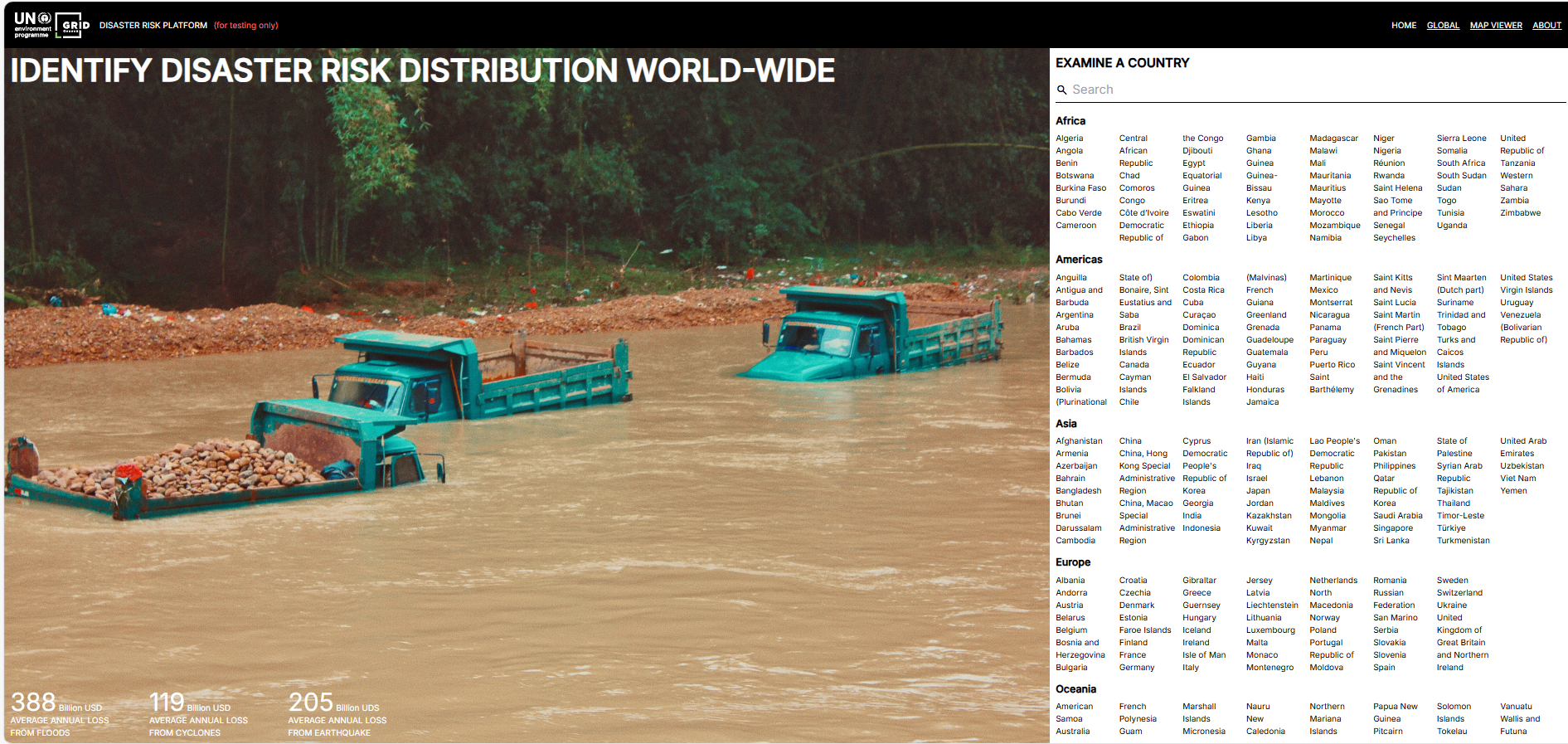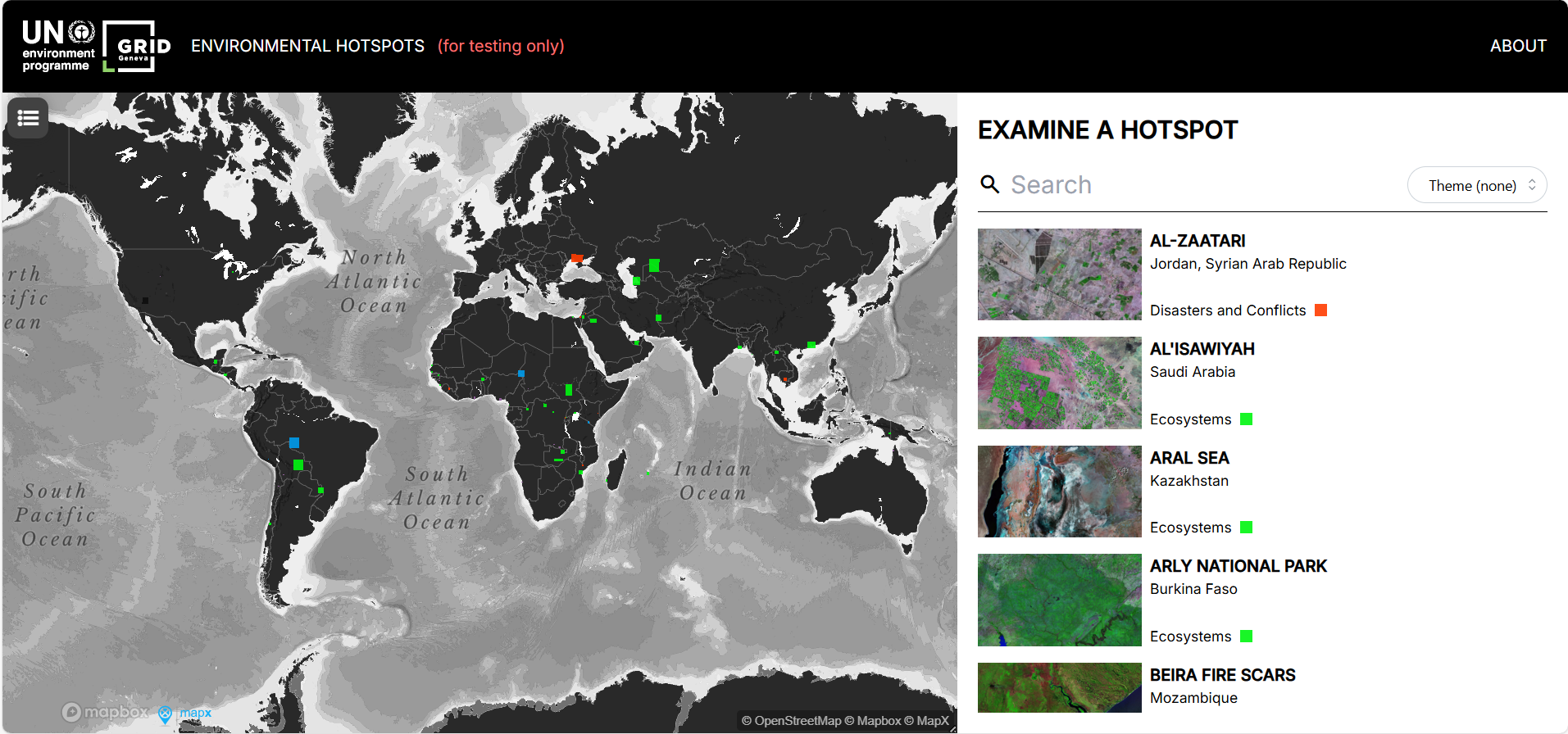Library | Resource Types
Online tool/database
Tools and databases are resources designed to help members evaluate the sustainability impact and financial performance of investments or business decisions. Tools allow members to assess impact, model scenarios and enable informed decisions that align with sustainability goals.
Refine
129 results
REFINE
SHOW: 16


SDGs in Latin America and the Caribbean: Statistical knowledge management hub
The tool Regional Statistical Monitoring on the Economic Commission for Latin America and the Caribbean (ECLAC) portal aggregates comparable regional data on Sustainable Development Goals (SDG) indicators — combining global databases with regional-specific statistics and trend projections — to track progress towards the 2030 Agenda for Sustainable Development in Latin America and the Caribbean.
CLIMATEWATCH
Climate Watch is a free, open-data platform aggregating global and national climate information: historical greenhouse-gas emissions, future scenarios, and countries’ climate commitments (NDCs, long-term strategies, net-zero pledges).
Climate Policy Database
The Climate Policy Database (CPDB) is an open, collaborative resource that compiles detailed information on climate-change mitigation policies worldwide. It categorises and tracks over 6,500 policies across nearly 200 countries, enabling comparison of policy adoption, identification of mitigation gaps, and support for climate-policy analysis.
World Database on Protected and Conserved Areas (WDPCA)
World Database on Protected and Conserved Areas (WDPCA): A global database maintained by UNEP‑WCMC (in partnership with IUCN and other bodies), combining terrestrial, inland-water, coastal and marine protected areas and other effective area-based conservation measures (OECMs).
The (climate) Health Attribution Library
The Health Attribution Library is a curated “living” database compiling peer-reviewed studies that quantify human-health impacts of anthropogenic climate change through end-to-end detection and attribution analysis.
Freshwater ecosystem explorer
FreshExplorer is an interactive mapping tool that displays data on water, sanitation, and hygiene services globally, assisting policymakers and researchers to view coverage statistics, trends, and service gaps. The platform enables data exploration by country, service type, and time period, using Aus/UK spelling and grammar conventions.
Our world in data
Our World in Data is a free, open-access research platform maintained by the UK-based non-profit Global Change Data Lab that collates, visualises and publishes global long-term data on topics such as health, economy, environment and development.
OECD well-being framework
The OECD “Measuring Well-being and Progress” platform offers internationally harmonised indicators, dashboards and methodological guidance to assess societal progress beyond GDP, enabling finance professionals to evaluate economic, social and environmental dimensions in a structured manner.
Transition Pathway Initiative
Transition Pathway Initiative (TPI) is an investor-led initiative providing publicly accessible data and assessments on how companies, banks and sovereigns are managing and aligning with the transition to a low-carbon economy.
Global fossil fuel divestment commitments database
Global Fossil Fuel Divestment Database: a comprehensive, publicly accessible tracker of institutional fossil-fuel divestment commitments worldwide, maintained by Stand.earth. Lists institutions, commitment types (full, partial, coal/tar sands), and total assets committed, supporting benchmarking and verification of announcements.
Responsible Returns
ResponsibleReturns is a directory that enables users to find independently certified ethical, sustainable or responsible banking, superannuation and investment products.
Drawdown Explorer
Drawdown Explorer is an interactive platform that catalogues climate mitigation solutions, ranking them by their emissions impact, cost, and readiness.
Tobacco Supply Chain Database
The Tobacco Supply Chain tool is a publicly accessible database mapping the global tobacco supply chain from agriculture to retail by identifying companies, processes and countries involved.
The Hotspot Analysis Tool for Sustainable Consumption and Production (SCP-HAT)
SCP-HAT (Sustainable Consumption and Production Hotspots Analysis Tool) is an online tool that maps national and sector-level “hotspots” of unsustainable production and consumption using input-output and lifecycle methodologies.
Disaster risk platform
The UNEP/GRID-Geneva Disaster Risk Platform offers an interactive global interface for analysing exposure, vulnerability and hazard data. It aids evidence-based decision-making by mapping natural risks and socio-economic factors, supporting resilient development and risk-informed finance.
Environmental hotspots
The Environmental Hotspots tool by UNEP offers an interactive map of high-risk ecological zones worldwide, allowing users to explore environmental pressures across sectors (e.g. ecosystems, resource extraction).
